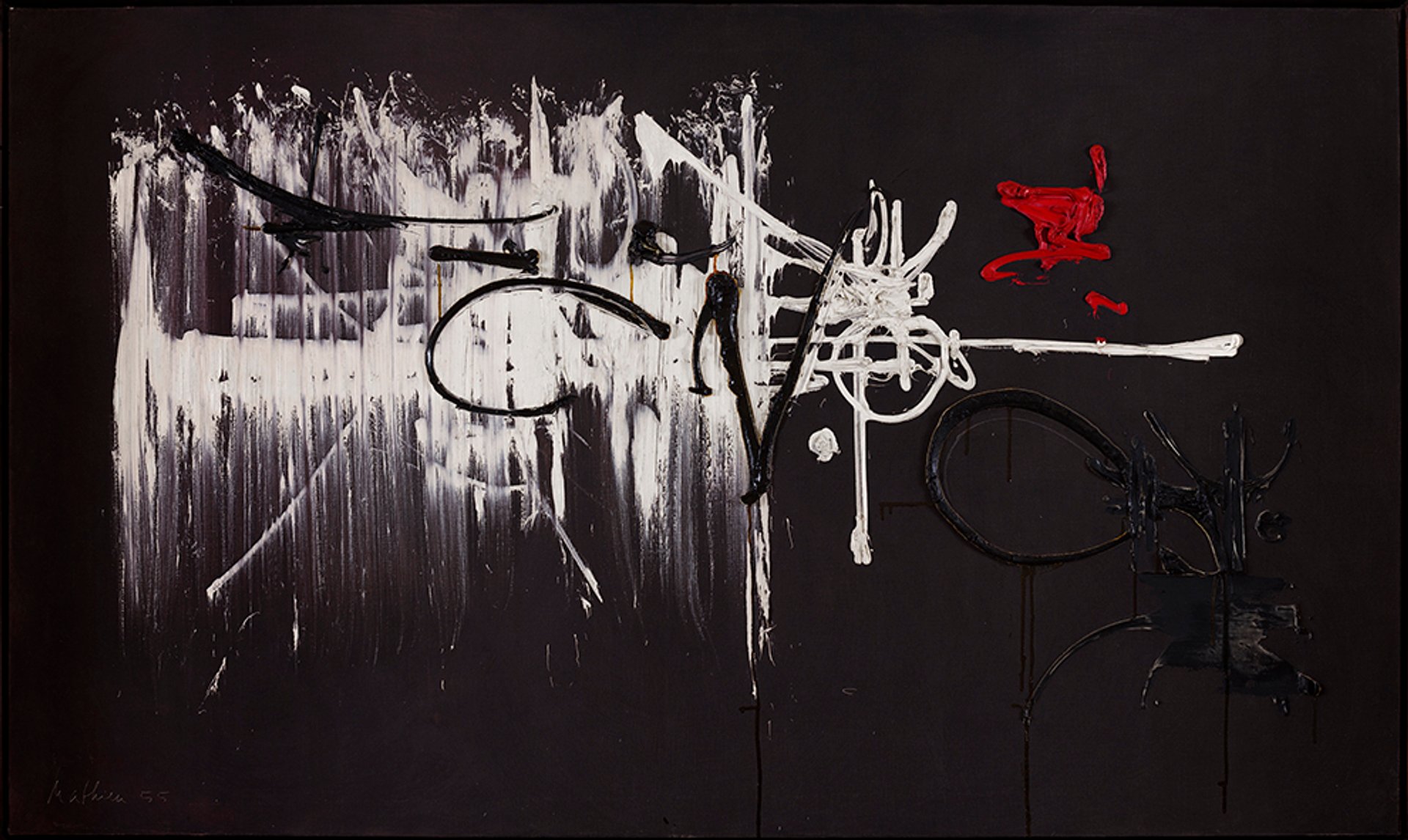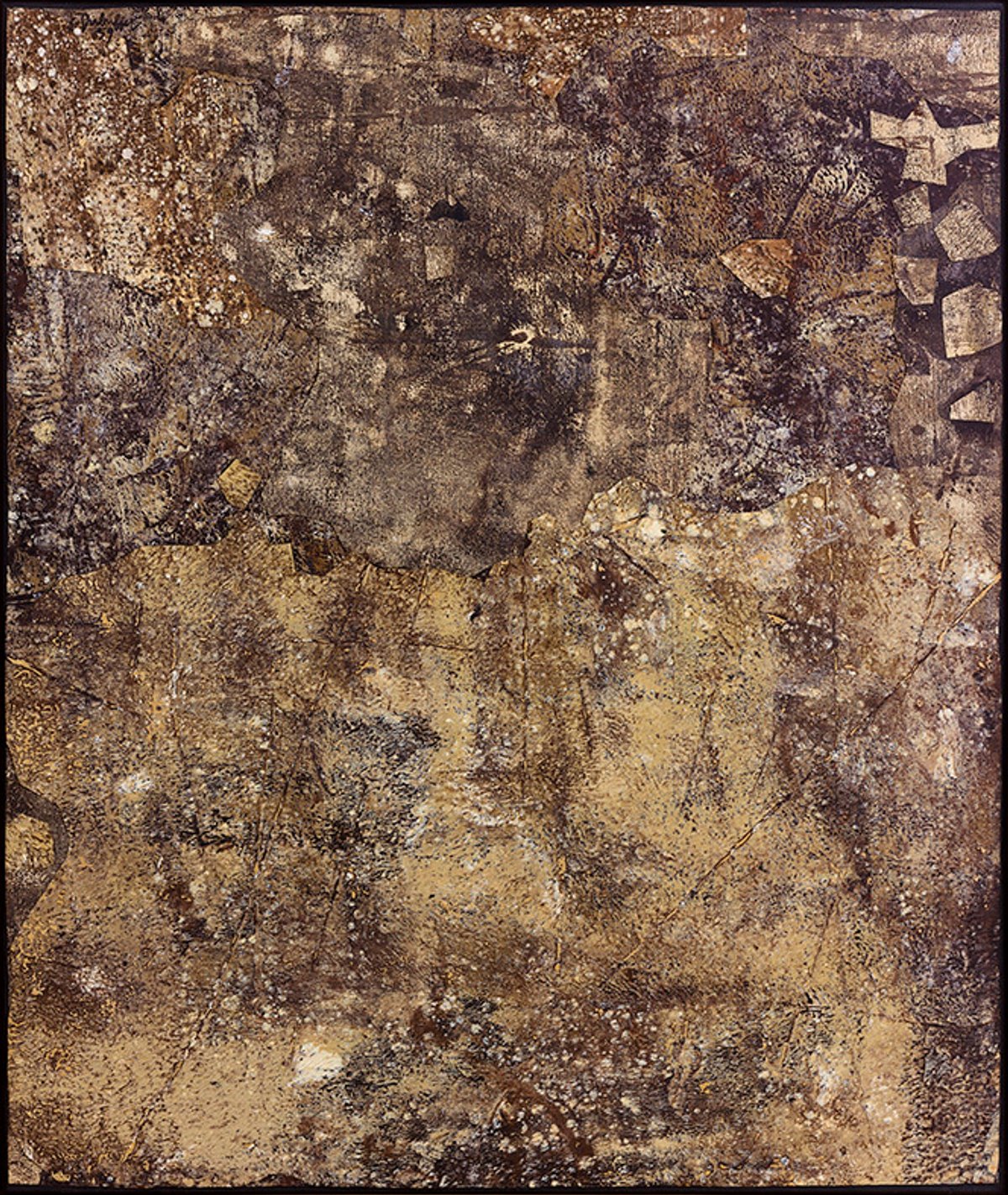The Museum of Modern Art in New York (MoMA) has deaccessioned two key post-war works and put them up for sale with a leading Paris dealer. Applicat-Prazan, a Modern and contemporary gallery, will put the pieces on the market and the proceeds will go to MoMA.
The two works are Topographie Chataine (1959) by Jean Dubuffet and Théorème d’Alexandroff (1955) by Georges Mathieu. They were consigned to the gallery last November. Franck Prazan, the gallery director, says that the Dubuffet work will be shown at Tefaf Maastricht (10-19 March) while the Mathieu painting will be available at Art Basel in Hong Kong (23-25 March). Prices of both works are undisclosed.
Théorème d’Alexandroff entered Moma’s collection in 1964 as part of a bequest from the American lawyer Samuel Rosenman; the Dubuffet work was bequeathed to the museum in 1990 by Mary Sisler.
“Moma will receive the entire proceeds minus a limited commission from the gallery with applicable tax and rights,” Prazan explains. “I assume MoMA came to us because of our positioning and standing; we specialise in the most significant artists of the post-war period.”

A MoMA spokeswoman tells The Art Newspaper: “This is not the first occasion on which we've deaccessioned works through a European gallery. The museum regularly deaccessions works from the collection, with all proceeds designated for future acquisitions.”
US museums usually deaccession through sale at auction. In February 2015, MoMA consigned Monet’s painting Les Peupliers à Giverny (1887) to a sale of Impressionist and Modern art at Sotheby’s in London, where it fetched £10.8m against an estimate of £9m to £12m. The catalogue stated that the sale would “benefit MoMA’s acquisitions fund”.




